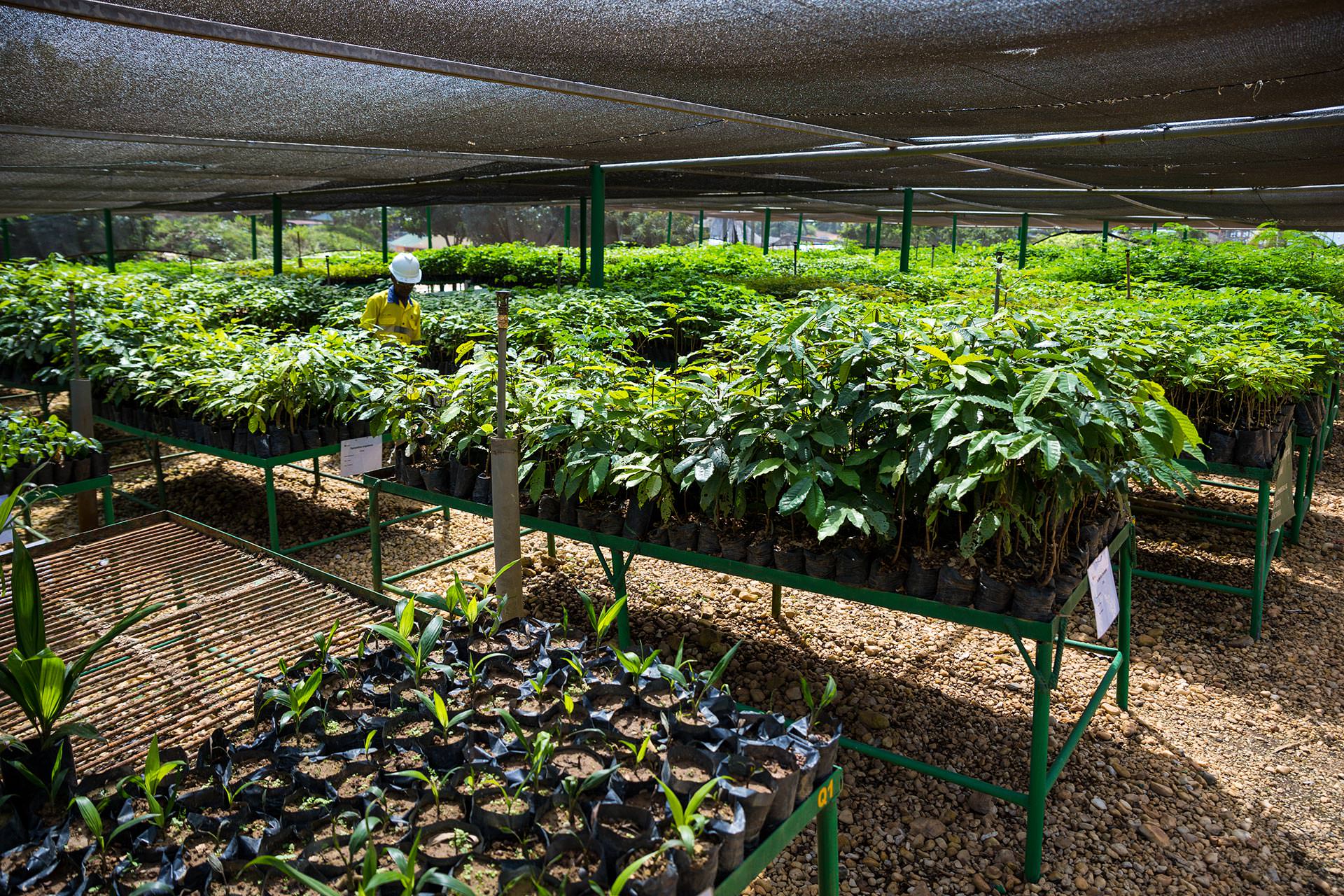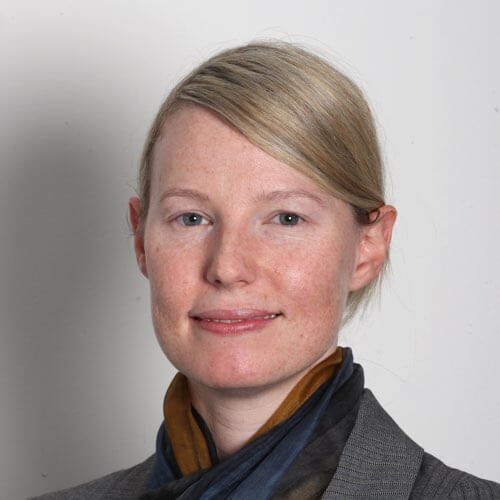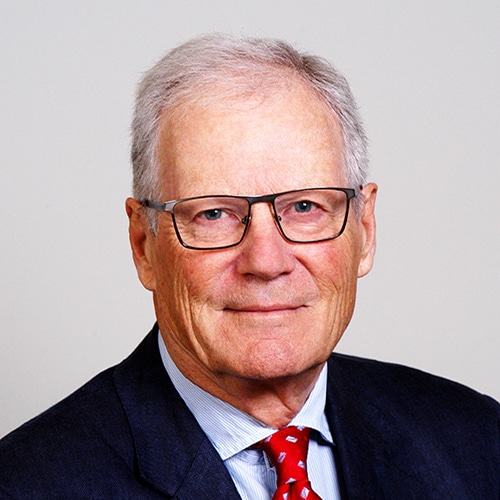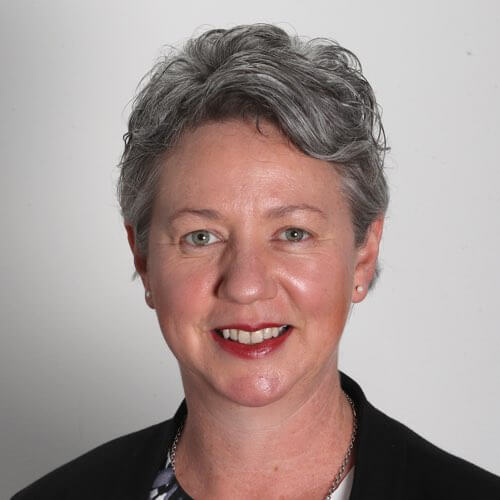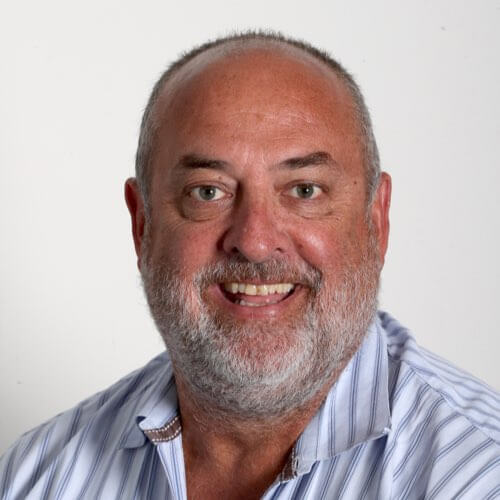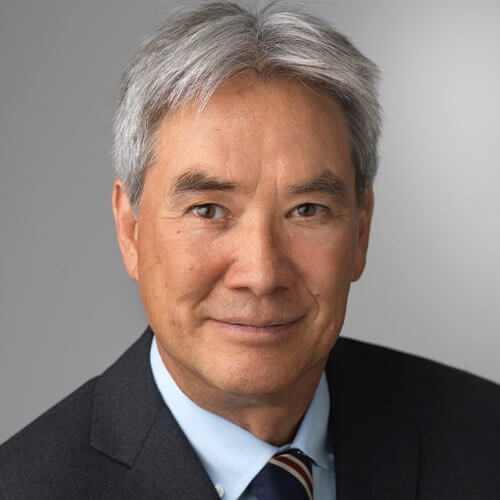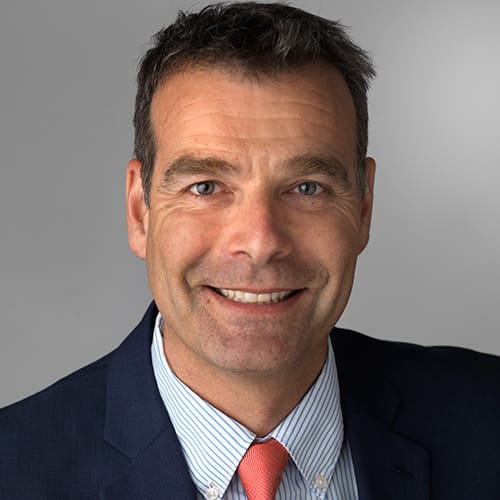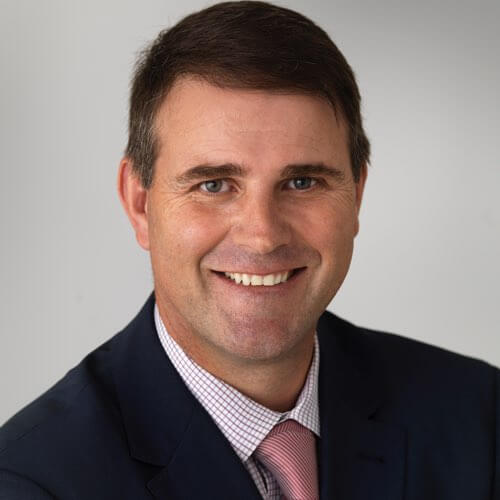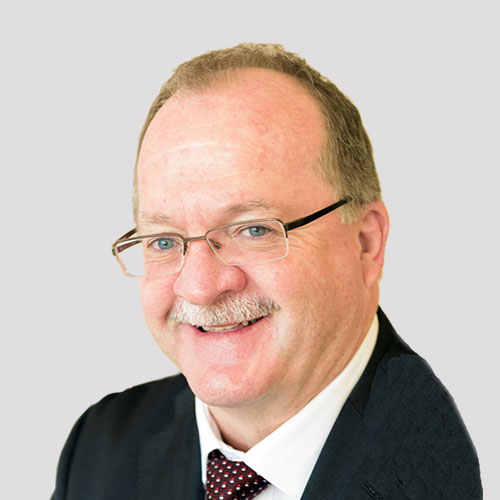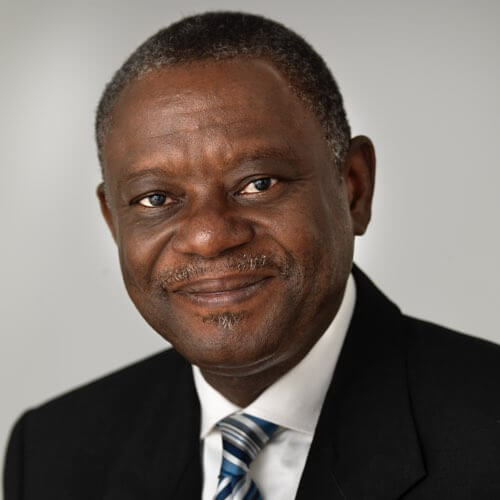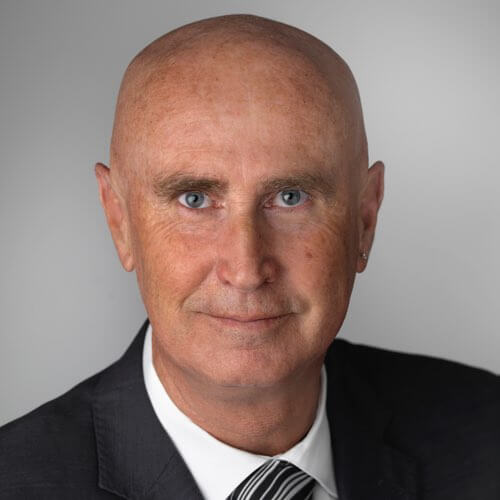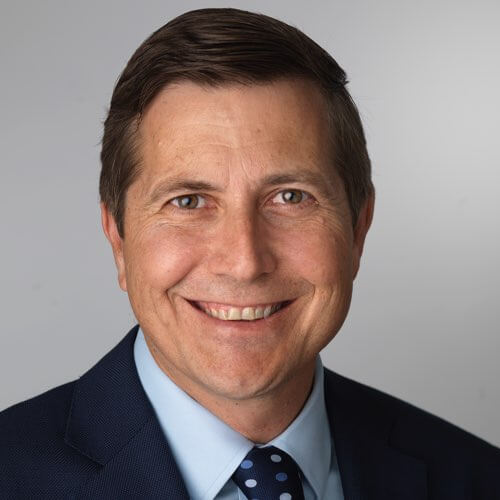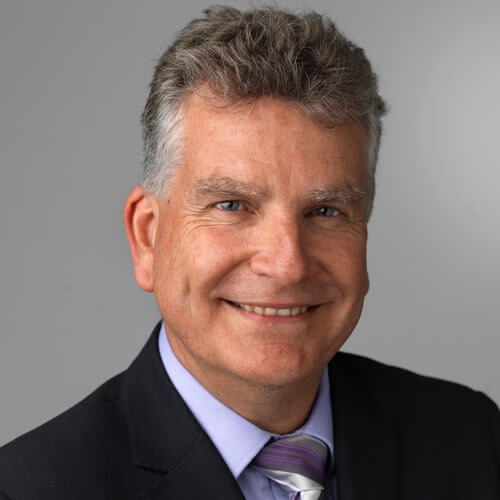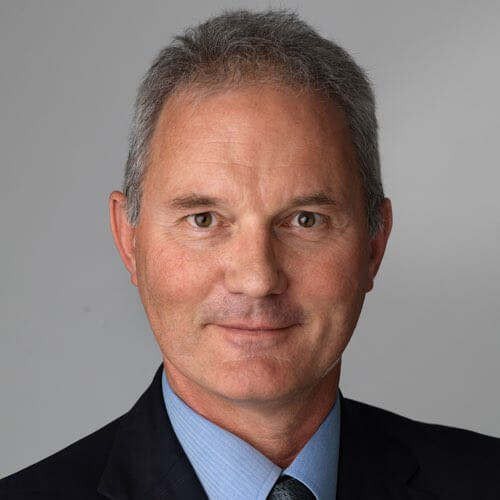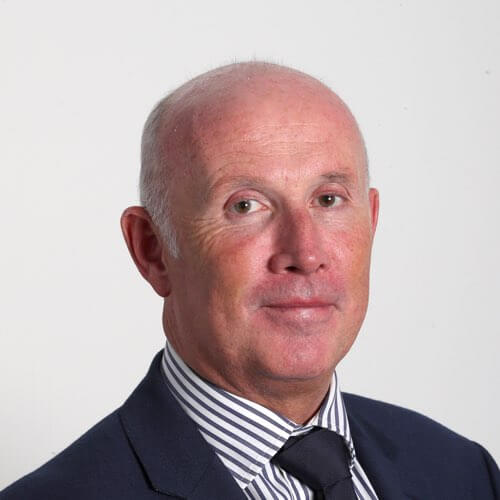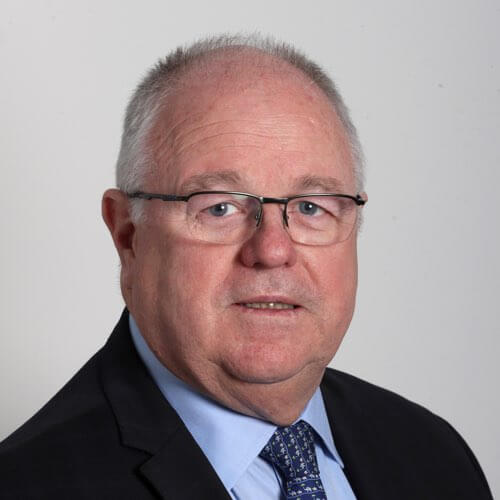Environment
Perseus is committed to minimising the impact of our activities on the natural environment through the integration of good environmental practises into all areas of our business.
All of our operations endeavour to comply with the international Standard ISO 14001:2015 – Environmental Management Systems as well as the environmental regulations of our host countries. Potential impacts on water, air quality, soil, visual aesthetics and biodiversity at each of our projects were identified during the Environmental Impact Assessment process and controls have been implemented in an effort to prevent environmental harm. A robust environmental monitoring program is in place at each of our sites, and any identified impacts are addressed as a priority.
Surface and groundwater samples are collected from our sites and surrounds on a regular basis and are analysed for various parameters. Due to the high number of water samples required to be analysed by the Ghanaian government, our Edikan mine established its own environmental laboratory on site. The site laboratory does most of the water sample analysis, with QA/QC samples sent to SGS Tema for verification of results. In Côte d’Ivoire, both of our sites send their water samples to an external environmental laboratory in Abidjan and Sissingué has commenced sending quarterly QA/QC to SGS Nederlands for verification of results.
PROGRESSIVE REHABILITATION / On-SITE NURSERY AT EDIKAN
Progressive rehabilitation is being undertaken at our Edikan site in Ghana under the direction of our HSE Department. Edikan propagates its own seedlings in an on-site nursery, which is staffed by four personnel from the local villages. In June 2019 the Nursery contained approximately 52,500 seedlings across 32 different species, with 60% of the species endemic to Ghana and the other 40% found in Ghana, but not native to Ghana. To date, Ghana has rehabilitated 255ha back to natural with another 70ha rehabilitated to help control erosion.
SISSINGUÉ
The Sissingué Gold Mine detailed planning for mine site rehabilitation and closure is underway. Rehabilitation trials have commenced to examine the best options for topsoil thickness, the hardiness of various species and the effectiveness of transplanting some species. As the climate at Sissingué consists of a distinct wet and dry season, the ability of plant species to survive the dry season is critical.
